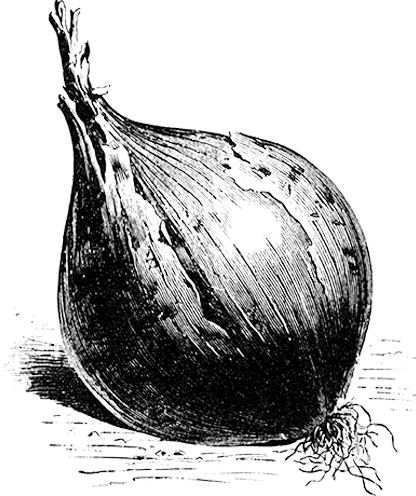Information
One portion contains 30 seeds.
| Product number: | 7635 |
|---|---|
| Scientific name: | Physalis philadelphica |
| Botanic family: | The Nightshade Family - Solanaceae |
| Organic: | Yes |
| Days to maturity: | 70 |
| Lifespan: | Annual, Biannual |
| F1 Hybrid: | No |
| New variety: | No |
| Sowing time: | Pre-cultivate: March–April |
| Sowing depth: | 1 cm |
| Germination temperature: | 23-30 degrees |
| Germination time: | 7–14 days |
| Plant spacing: | 35–55 cm |
| Row spacing: | 50–70 cm |
| Plant location: | Sun |
| Harvest/blooming: | July–frost |
| Seeds/g: | 300-350 seeds |
| Heirloom variety: | No |
Cultivation advice
Sowing
Sow indoors just under 1 cm deep 7-8 weeks before setting out, in February-March for cool green houses and in March April for outdoors tomatillos! The best germination temperature is 22-26°C. Let the plants stand in a light airy place and after sprouting preferably at a temperature of 18°C. After getting a few real leaves the sprouts should be planted in pots. The temperature can now be lowered further. Temper the plants successively before setting out. Do not set the plants outdoors before the risk of nightly frost is over and the nightly temperature keeps above 7°C! Plant them a little deeper then they were in the pots and never allow them to dry out. Tomatillos get roots on the stems if they are allowed to get under the soil so overgrown plants can be planted lying with just the top above the earth. However, tomatillos which have been sown and set out too early often get disturbed while growing and that causes lanky plants and a bad crop of tomatoes. Do not hurry too much with your sowing if you do not have a really good "nursery".Tomatillo is not self-pollinated and there need to be at least two plants for fruit to develop!
